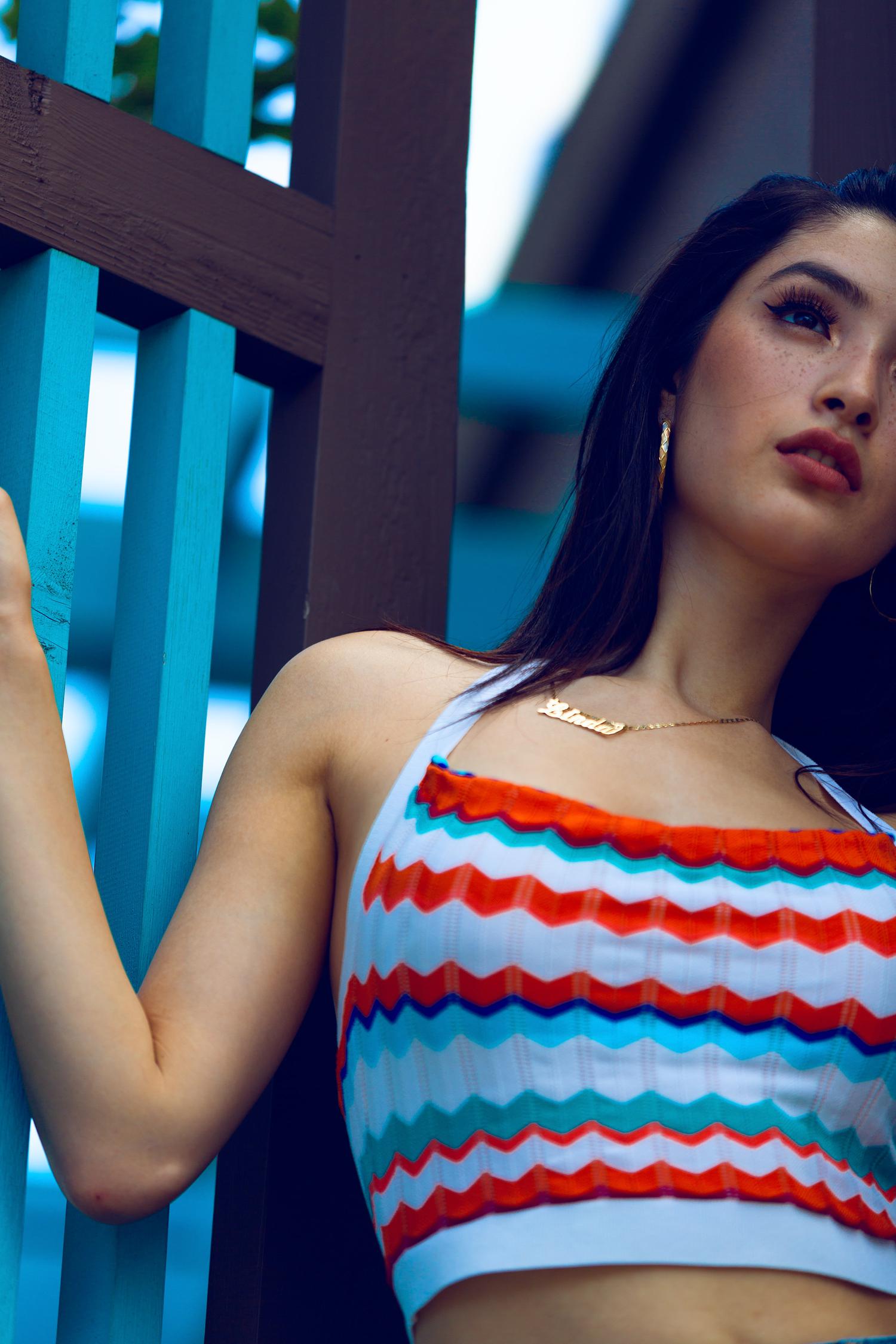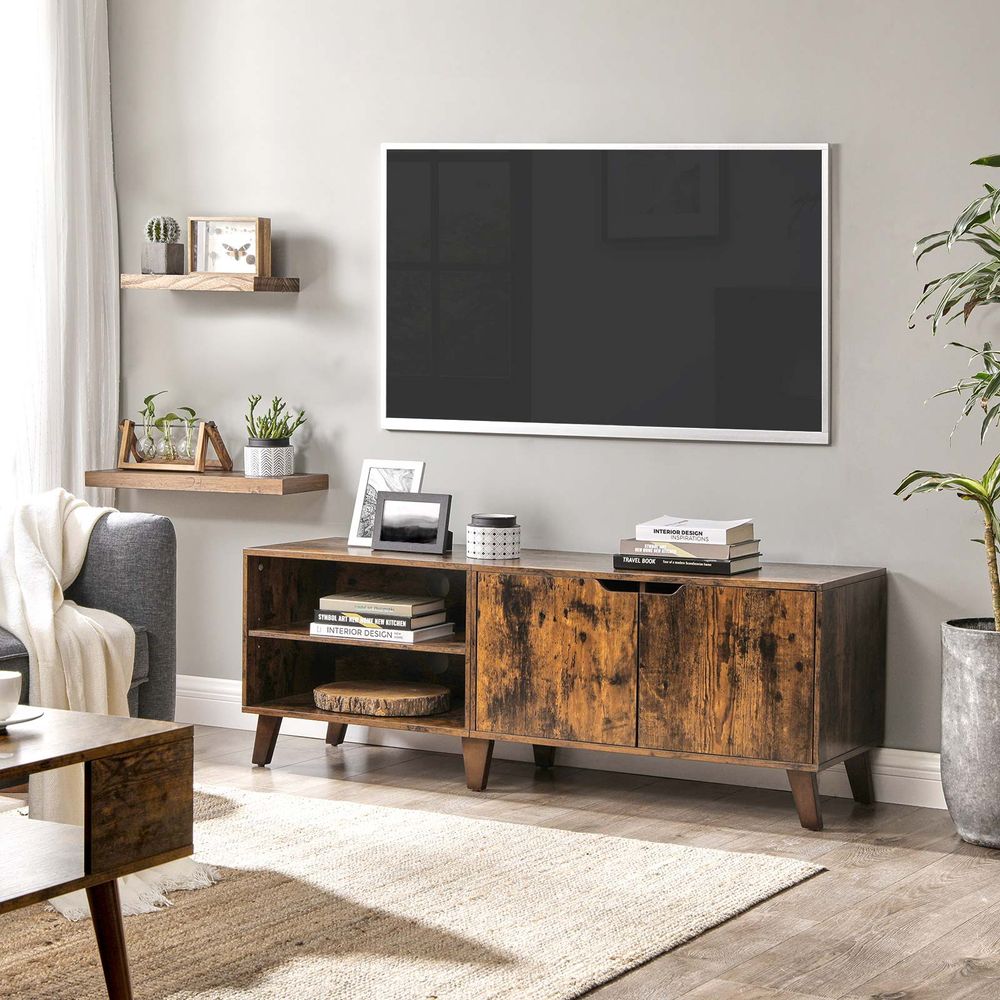In recent years, technology has revolutionized almost every aspect of our lives. From communication to transportation, it has made our daily routine much more comfortable and efficient.
One of the latest trends in the tech industry is the integration of technology with fashion. Wearable technology has become the talk of the town in the fashion industry. It has completely transformed the way we dress up and introduce new ways to glam up our attire.
In this blog, we will be discussing the tech-enhanced style and exploring the rise of wearable technology in fashion.
The Intersection of Technology and Fashion
With the advent of wearable technology, fashion and technology have collided in a way that no one could have imagined just a few years ago. From smart watches and fitness trackers to wearable cameras and fashion accessories with tech-infused features, the line between what is considered fashion and what is considered technology has become increasingly blurred.
In fact, tech-enhanced style is now at the forefront of the fashion industry, with designers and brands alike exploring innovative ways to integrate technology into their designs to create more functional, practical and stylish apparel. The intersection of technology and fashion is no longer just a trend, but a new era in the world of fashion.

The Evolution of Wearable Technology in Fashion
Wearable technology has come a long way from its early days of clunky and unappealing designs. Today, wearable technology in fashion has evolved into sleek and stylish pieces that seamlessly integrate into our daily lives.
Smartwatches have gone beyond just tracking time and now come equipped with features like GPS, heart rate monitoring, and even contactless payment options. Fitness trackers are no longer just for sportswear but have become fashion statements with customizable bands and elegant designs. The evolution of wearable technology in fashion has opened up a whole new world for designers, allowing them to create highly functional pieces without compromising on aesthetics.
Current Trends in TechEnabled Fashion
The integration of technology in fashion has proven to be a game-changer for the industry. Today, we see an increasing trend towards tech-enabled fashion that combines function and style.
Smart clothing, embedded with sensors and other technological components, can perform a range of functions such as monitoring body temperature, tracking fitness metrics, and even providing haptic feedback based on users’ movements. Accessories like smart rings, necklaces, and bracelets can track everything from steps to sleep and help users stay connected on the go. With technology advancing at a rapid pace, we can expect to see even more exciting innovations in the intersection of technology and fashion in the near future.
The Impact of Technology on Fashion Design
Technology’s impact on fashion design is evident in the new materials, production methods, and design tools being utilized by today’s designers. For instance, 3D printing has opened up new possibilities for textile and accessory design, enabling designers to produce intricate and complex pieces that were once impossible to create.
Virtual reality (VR) and augmented reality (AR) technologies are also being used to create immersive fashion experiences, allowing customers to try on clothes virtually and visualize how they would look before making a purchase. Additionally, designers are increasingly utilizing sustainable materials and production techniques enabled by technology, which may herald a more eco-friendly future for the fashion industry.
Wearable Technology for Health and Fitness
In recent years, wearable technology has become increasingly popular in the health and fitness industries. Smartwatches and fitness trackers are just the beginning of what is possible with this technology. Wearable devices can now track everything from body temperature and hydration levels to heart rate and sleep patterns.
This data can be used to help individuals personalize their fitness routines and make informed decisions about their health. Wearable technology is also being incorporated into athletic wear, with the integration of sensors and smart fabrics that can monitor movement and provide feedback to improve workouts.
As consumers continue to prioritize wellness, the demand for wearable health technology in fashion will only continue to rise.

Smart Clothing for Fitness Tracking
Wearable technology is quickly transforming the fashion industry, allowing designers and developers to create smart clothing that is both functional and stylish. Smart clothing is equipped with sensors and electronics that can track various aspects of fitness, from heart rate and breathing to posture and activity levels. These garments can also provide feedback to help users optimize their workouts and improve their performance.
With innovative fabrics and sleek designs, smart clothing is quickly becoming a popular choice for fitness enthusiasts who want to stay ahead of the game. As technology continues to advance, smart clothing is expected to become even more advanced, offering personalized health data and real-time feedback to users.
Health Monitoring Wearables
As more people become conscious about their health and well-being, wearables that track and monitor various health metrics are gaining traction in the fashion industry. These devices can track everything from heart rate and blood pressure to sleep patterns and activity levels. They are designed to be worn throughout the day, providing continuous monitoring of vital health metrics.
Some wearables are also equipped with features that allow users to set goals and receive reminders to stay on track. With health monitoring wearables, users can stay on top of their health and take proactive measures to lead a healthier lifestyle.
As wearable technology continues to evolve, we can expect to see even more advanced health monitoring features in future devices.
Smart Accessories for Health and Wellness
Wearable technology isn’t just limited to fashionable fitness trackers and smartwatches. There are also smart accessories for health and wellness that are gaining popularity.
Smart jewelry, for instance, can track activity levels, monitor heart rate, and even send alerts for important phone calls or messages. Smart shoes, on the other hand, can track and analyze running patterns, helping users improve their gait and avoid injuries.
These smart accessories seamlessly integrate with everyday fashion, augmenting users’ looks while providing functional benefits.
As technology continues to advance, we can expect to see even more smart accessories that improve health and wellness, making it easier for people to stay informed and healthy.
Smart Fabrics and Materials
The integration of technology into fabrics and materials is another rising trend in wearable technology. Smart fabrics can include biometric sensors that monitor vital signs and track physical activity. Other fabrics can incorporate temperature-regulating and moisture-wicking properties, making them ideal for athletes and outdoor enthusiasts.
Smart materials are also being used to create self-healing apparel that repairs itself after wear and tear. These advancements are revolutionizing the textile industry, bringing about a new era of smart and sustainable fashion.
As the demand for more intelligent fabrics and materials grows, fashion is poised to become even more functional and versatile.
From clothing that enhances athletic performance to fabrics that monitor health, the possibilities for smart fashion are limitless.

Conductive Fabrics and Smart Textiles
One exciting aspect of wearable technology in fashion is the integration of conductive fabrics and smart textiles. These materials use conductive threads and fibers to create clothing that can interface with electronics. This technology can be used to create clothing with built-in lighting or sound systems, or even clothing that supports wireless charging.
Additionally, smart textiles can incorporate touch-sensitive or responsive materials that adapt to the wearer’s movements or environment. The combination of technology and fashion is giving rise to a whole new world of possibilities for creative self-expression and functionality.
Augmented Reality Fashion with Smart Materials
The use of augmented reality (AR) technology with smart textiles is another promising development in the world of wearable technology in fashion. AR essentially overlays digital information onto the physical world, and in fashion, this can manifest itself as virtual styling sessions or even interactive clothing displays in retail stores.
Smart materials, which can respond to touch or movement, can enhance this technology by enabling users to interact with the virtual world in a more natural way. This exciting integration of technology and fashion is reshaping the way we think about style and shopping.
The Potential of 3D Printing in Fashion Design
The use of 3D printing technology in the fashion industry is revolutionizing the way designers create and produce their collections. With the ability to print intricate and complex designs quickly and efficiently, 3D printing is enabling fashion designers to push the boundaries of what is possible in terms of design and production. Additionally, 3D printing technology is allowing for more sustainable and eco-friendly production practices, as it reduces waste and uses fewer resources than traditional manufacturing methods.
The potential for this technology in the fashion industry is enormous, and we can expect to see more and more designers incorporating 3D printing into their work in the years to come.
TechnologyInfused Runways
The fashion industry is no longer just about creating beautiful garments and accessories. With the advent of wearable technology, designers are now incorporating tech-enhanced features into their collections.
From smart fabrics that can monitor your health and fitness, to garments that respond to your environment, wearable technology is changing the way we interact with our clothing. Runways are now showcasing more than just the latest fashion trends – they’re displaying the latest in cutting-edge technology and innovation. As wearable technology continues to evolve, we can only imagine the possibilities for fashion in the future.

HighTech Fashion Shows
With technology-infused runways becoming increasingly popular, high-tech fashion shows are now a common sight. These shows go beyond the traditional fashion show format by incorporating interactive elements for the audience. Some shows have featured holographic models wearing pieces that change color and shape, while others have incorporated augmented reality to allow viewers to see the garments in 3D.
These innovative shows not only showcase the potential of wearable technology in fashion but also create a unique and engaging experience for attendees. As we continue to see advancements in wearable technology, fashion shows are sure to become even more technologically advanced and interactive.
The Role of Virtual Reality in Fashion Runways
Fashion shows have come a long way from traditional runways, and virtual reality (VR) is playing an increasingly significant role in the industry. By using VR technology, designers can create virtual fashion shows that allow the audience to experience the event in a completely immersive way.
This technology offers endless possibilities for creativity, from designing new virtual garments to creating fantastical environments that set the stage for the runway. As VR technology continues to improve, the fashion industry will undoubtedly leverage it to push the boundaries of what’s possible in the world of fashion shows.
Fashion and Technology Exhibitions and Events
In addition to virtual reality, fashion and technology exhibitions and events are becoming more prevalent in the fashion industry. These events bring together fashion designers and technology companies to showcase the latest innovations in wearable technology. Attendees can see firsthand how technology is being integrated into fashion, from 3D-printed accessories to smart fabrics that can monitor the wearer’s health.
By fostering these collaborations, the industry is pushing towards more sustainable, functional, and futuristic clothing. These events also serve as an opportunity for designers and tech companies to network and potentially develop partnerships that can further revolutionize the fashion industry.
Consumer Adoption of Wearable Technology in Fashion
The fashion industry has been quick to adopt wearable technology, but it’s the consumers who ultimately determine whether these products succeed or fail. According to a study by Business Insider, 80% of consumers are interested in purchasing wearable technology. However, only 10% of the same group currently owns a wearable device.
One major barrier to consumer adoption is the perceived lack of practicality. For example, a smartwatch that tracks fitness and receives text messages may be useful, but it may not be worth the investment for some consumers.
Cost is also a factor, as the technology used in these products can be expensive and may not yet offer enough value to justify the price.
As technology continues to improve and become more integrated into our daily lives, it’s likely that wearable technology will become more appealing to consumers.
If designers can find ways to make the technology both functional and fashionable, then we may see a significant uptick in adoption rates.

Challenges to Consumer Adoption
The article paragraph section focuses on the consumer adoption of wearable technology in fashion, highlighting that although consumers are interested in purchasing these products, only a small percentage currently own them. The lack of practicality and high cost are cited as major barriers to adoption.
However, with technology improving and becoming more integrated into daily life, designers have the opportunity to create products that are both functional and fashionable, which could lead to an increase in adoption rates. A subsequent section is dedicated to exploring the challenges to consumer adoption in greater detail.
The Role of Marketing in Consumer Adoption
Wearable technology has been making waves in the fashion industry for some time now, but despite the hype, consumer adoption of these products remains a challenge. While many consumers are interested in the concept of wearable tech, only a small percentage currently own such devices.
The high costs of these products have been a major deterrent for many people. Additionally, some consumers find the practicality of these devices questionable. For example, they may not be able to afford a device that is comfortable, durable, and versatile features a lot of different applications.
Another consideration that has been preventing widespread adoption is the lack of compatibility of wearable tech with other technologies, such as smartphones, computers, or smart home systems. However, with designers finding ways to integrate technology into clothing and even accessories such as watches, there is a growing interest among consumers to purchase these unique items. Marketing will play a major role in consumer adoption of wearable technology, and creating effective campaigns will require brands to focus on showcasing the functional and fashion aspects of their products.
By appealing to both the technological and aesthetic aspects of these products, brands are more likely to encourage more use and adoption among consumers.
The Future of TechEnabled Fashion and Consumer Behavior
The role of marketing in wearable technology adoption cannot be underestimated. With the growing trend of integrating technology into fashion, it’s essential for brands to showcase the dual benefits of functionality and fashion.
As more designers experiment with tech-enabled fashion wear, consumer behavior is also evolving. Consumers are increasingly looking for products that can blend into their daily routines, and wearable tech offers the opportunity for this to happen. The future of tech-enabled fashion promises to be exciting, with users anticipating smarter and more sophisticated products.
With the right marketing strategies in place, wearable tech could be set to revolutionize the fashion industry in the coming years.
The influence of wearable technology on the fashion industry is increasing day by day. Brands are incorporating hi-tech features in their clothing, shoes, and accessories to offer a unique experience to their customers. From self-cleaning fabrics to smartwatches, wearable tech is revolutionizing the fashion industry.
This trend is not just limited to luxury brands but is also extending to the mass market.










